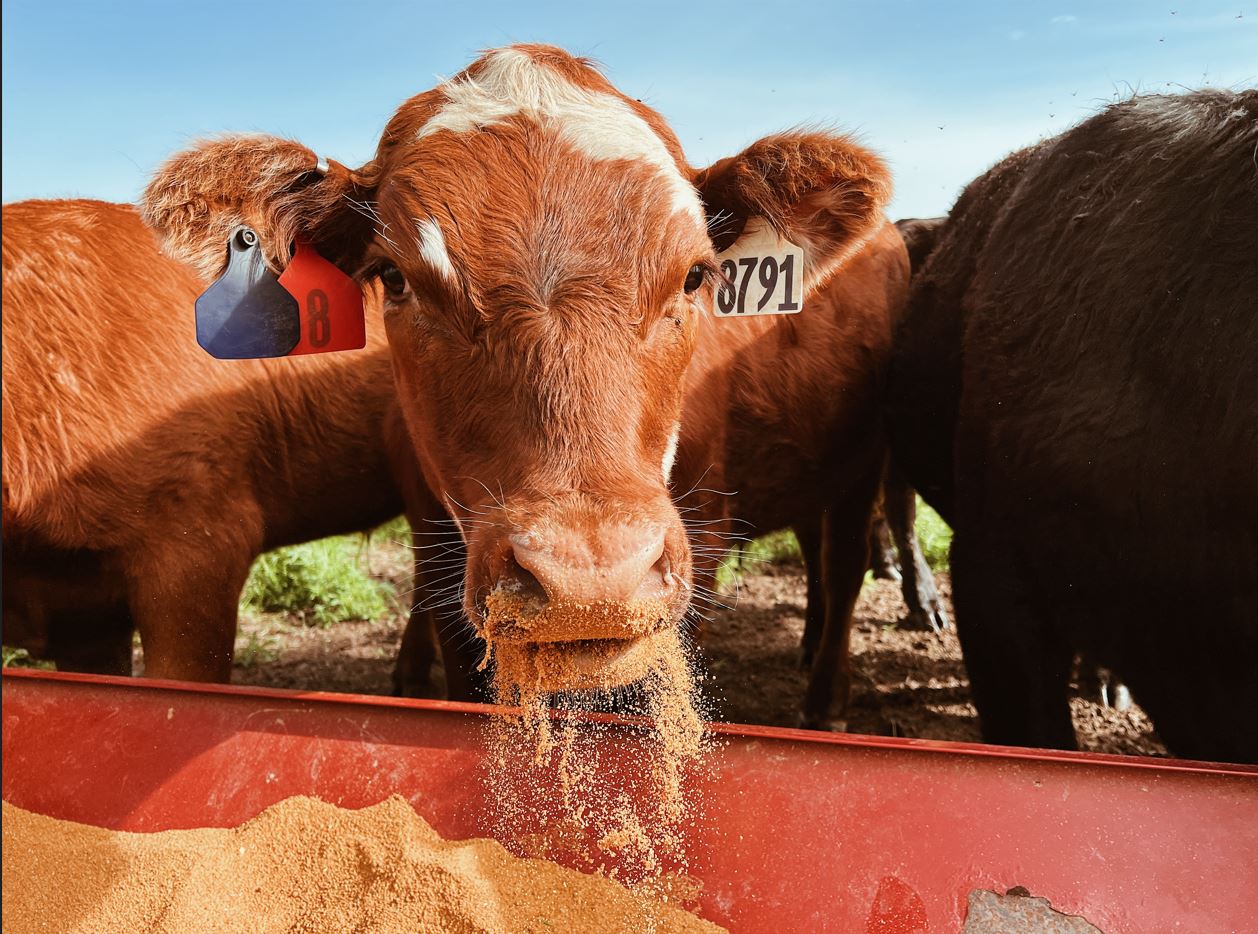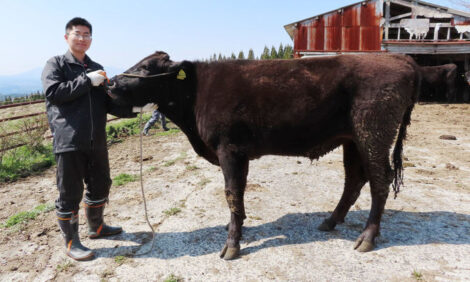



Supplementing yearlings in the summer grazing season: Is it worth it?
New study explores this strategyForage quality and yearling rate of gain decline throughout the summer, particularly in cool season grasses. Strategically supplementing yearlings with dry distillers grains in the second half of the summer as the grass quality declines will increase average daily gain (ADG), but will it increase returns?
A study was conducted at the High Plains Ag Lab in Sidney, Nebraska to explore this strategy. Yearlings grazed for an average of 112 days from late May to early September on crested wheatgrass pastures. They were supplemented either throughout the entire grazing season (full), only during the latter half of the grazing season (strategic), or not at all (non-supplemented). Supplemented yearlings (full and strategic) received 3.5 lbs of dry distillers grains 6 times per week. Thus, strategic supplementation resulted in yearlings receiving about half the total amount of supplement as the full.

Over the whole summer non-supplemented yearlings had an ADG of 1.51 lb/d whereas the full and strategic treatments both gained 0.5 lb/d more. On average, all groups started at 700 lb body weight in May. By early September, the non-supplemented yearlings averaged 873 lbs, whereas the full and strategic yearlings both averaged 920 lbs. There were no statistical differences in performance between the full and strategic yearlings as both resulted in an ADG of 2 lbs/d and an additional 47 lbs of gain. Therefore, these data suggest we get a much greater response to supplementation when it is fed in the latter half of the grazing season.
To evaluate the economics, we gathered Nebraska live cattle and distillers prices from the previous decade (2012-2021). In all years the returns of strategic supplementation were numerically greater than the non-supplemented control group. On average, providing strategic supplementation only during the latter part of the grazing season returned $32.21/hd more than the non-supplemented group. On average over the last 10-years, the breakeven distillers price was $530/ton for strategic supplementation. However, cost of labor to provide supplement should also be considered. If it costs $0.10/hd/d to provide supplement, the break-even cost for DDG would decrease to $469/ton for strategic supplementation.
Strategic supplementation would have paid across the previous decade, but how would this strategy work with this year’s markets? Dry distillers prices for May and June 2022 have averaged $266/ton so far. In Nebraska, seven weight feeder steers averaged $168/cwt for May 2022 and would’ve been worth about $1,260/steer. Currently, feeder cattle futures contracts for September are trading at $173/cwt. Over the past five years, the Nebraska average auction price for 900-950 pound steers has been at or near the same price as the September feeder cattle futures contract trading price. Assuming 900 lb steers will be worth $173/cwt this September and using weights from this study, strategically supplemented calves would be worth an additional $77/steer over the non-supplemented steers. Using current DDG prices, it would cost $27/hd to use this supplementation strategy in the latter part of the grazing season. Thus, even with the high distillers prices this year there is still an expected increase in return of $50/steer for strategically supplementing. Therefore, it might be worth considering.
There are a few things that can have big impacts on the economic outcome. There is a typically a large price slide in the feeder calf market from 900 to 1,000 lbs. Thus, it is typically more profitable to sell prior to reaching 1,000 lbs body weight. Thus, if the initial weight of the yearlings is heavy (800+ lbs) or if there is very good pasture growth and high rates of gain in the first half of the grazing season, it may be less advantageous to supplement if it will push the body weight of calves over 1000 lbs before they are sold.
Due to the observed decline in forage quality throughout the summer, strategically supplementing distillers grains to yearlings during the latter part of the grazing season can increase yearling gains and return even with relatively high distillers prices. This yearling management strategy may be worth considering.



